Conrad Shawcross unveils imposing new sculpture for The Francis Crick Institute
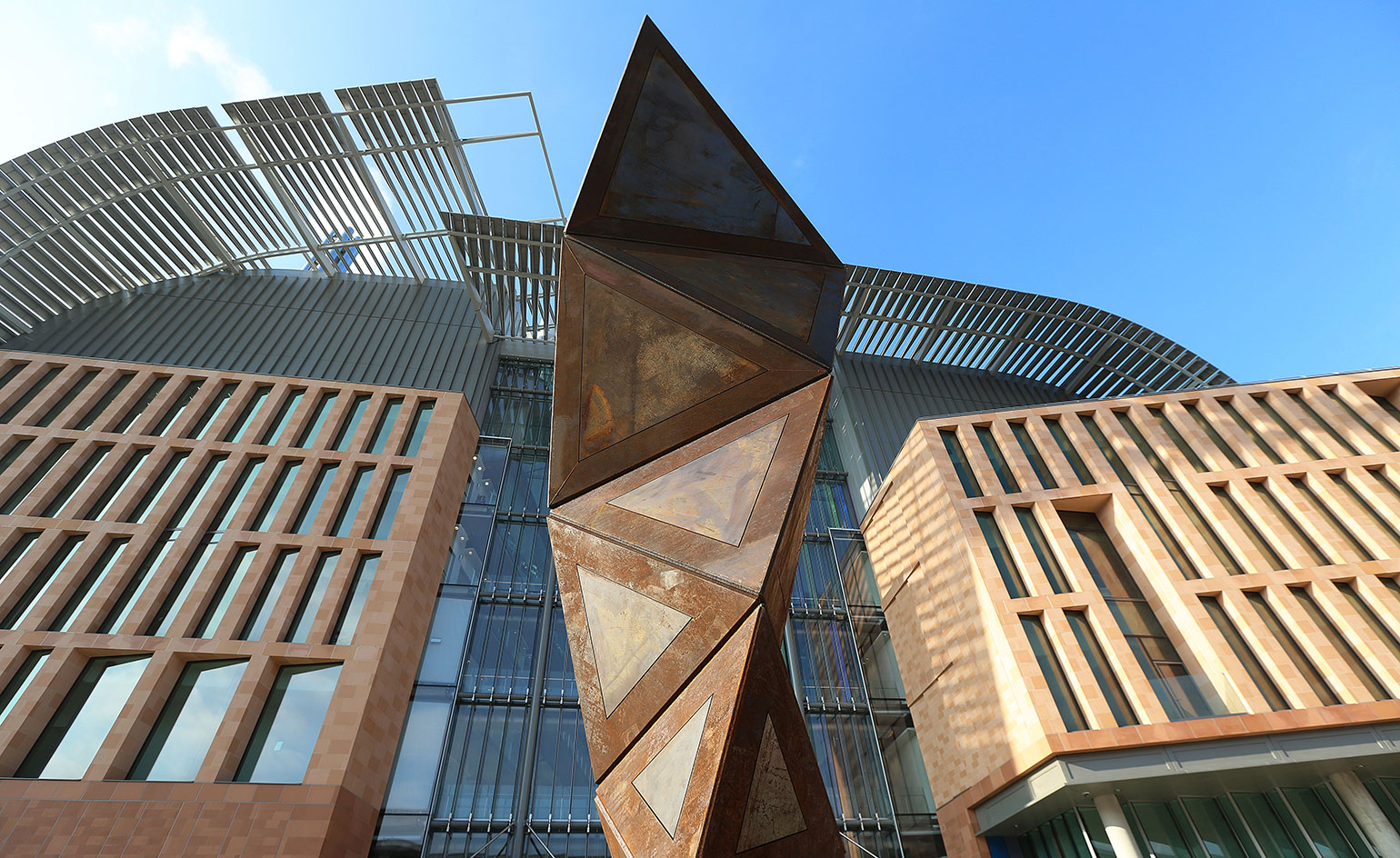
The British artist Conrad Shawcross has unveiled a daring, and rather disconcerting, public sculpture for London’s major new centre of science. At an imposing 14m tall, it’s a confident and beautiful piece, at once a triumph of engineering and a totem to the limits of knowledge.
Commissioned by Europe’s largest biomedical research centre, The Francis Crick Institute, it now stands in front of their brand new glass and steel megalab in St Pancras. The artwork, chosen by the Nobel Prize-winning director of the Crick, Sir Paul Nurse, is called Paradigm – a nod to the scientific philosopher Thomas Kuhn who believed that in order for ideas to progress, old paradigms should be toppled by the new.
Comprised of an angular, twisting stack of tetrahedral blocks made of weathering steel, it’s one of London’s largest tallest art works. While this is a statement of confidence, Shawcross says he wanted it to point to the fragility of engineering, and the boundaries of science. The base of the work is only one metre wide, and the tetrahedron shapes get 10 per cent bigger as they go up. 'If you added another it would collapse,' Shawcross says, rather ominously.
Shawcross describes the work as, 'a beacon for progress and endeavour but contains fallibility and should serve as a constant reminder of the precariousness of knowledge'. The artist has always been interested in the way artists define themselves in relation to technology; when the National Gallery asked him to produce a work in response to Titian for the Cultural Olympiad in 2012, he presented the institution with a dancing robot.
At 39, Shawcross is the youngest of the artist-elected Royal Academicians. His work has a broad appeal owing to its classical and mathematical rigour – often investigating idealised geometry and proportion – and he currently has a good claim to being London’s best-loved public sculptor. Last summer his work Three Perpetual Chords, 'a visual realisation of a particular harmonic ratio', permanently replaced a stolen Barbara Hepworth in Dulwich Park, South London; also in 2015, his work The Dappled Light of the Sun, a five-tonne canopy made from thousands of steel tetrahedrons, was the largest ever sculpture to fill the Royal Academy’s courtyard. Later this year, he will unveil a work commissioned for the Low Carbon Energy Centre on the Greenwich Peninsula – all of which will be revealed in our forthcoming issue April issue, out 10 March.
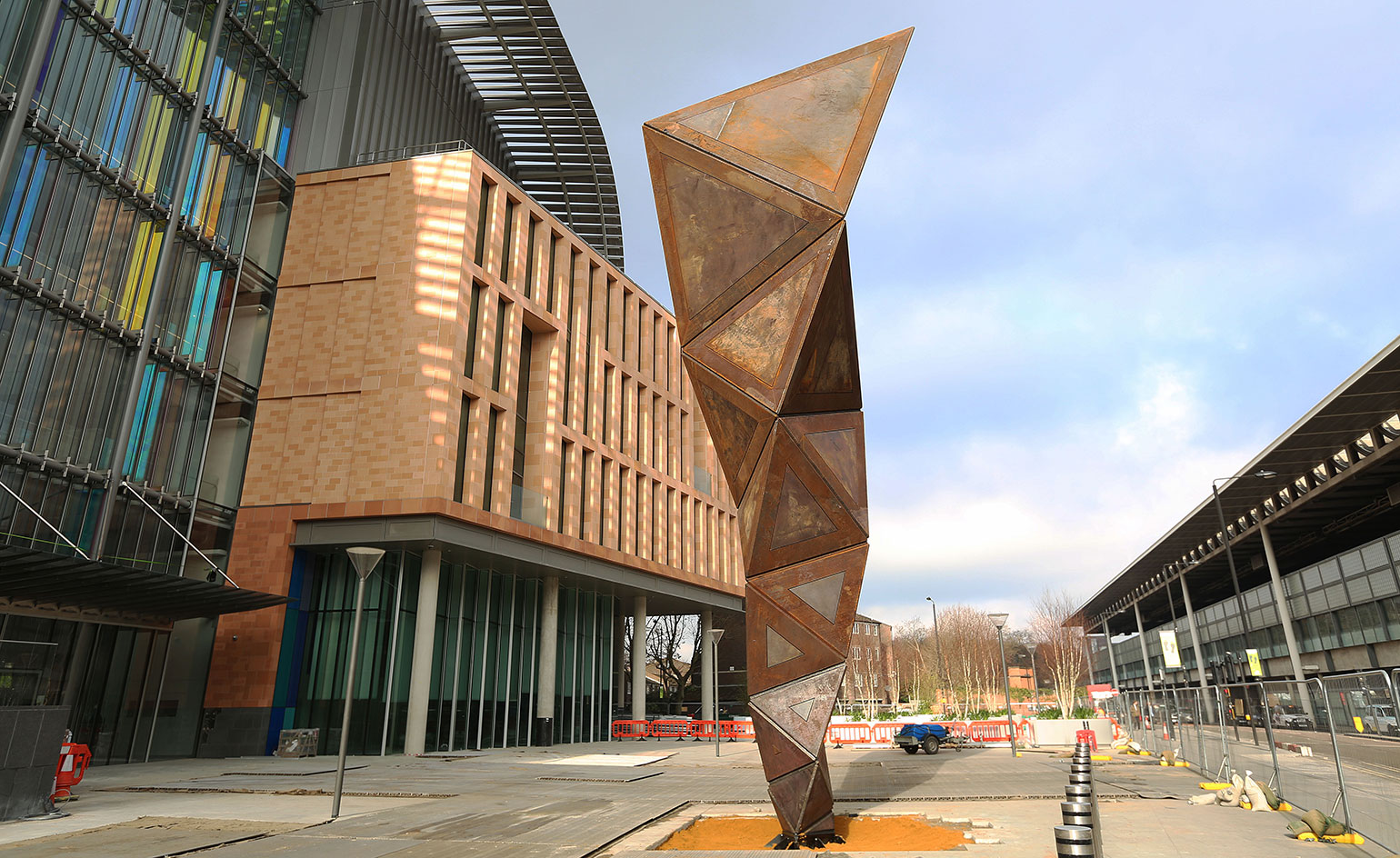
The artwork, chosen by the Nobel Prize-winning director of the Crick, Sir Paul Nurse, now stands in front of its brand new glass and steel megalab in St Pancras. Courtesy the Francis Crick Institute

The work is called Paradigm – a nod to the scientific philosopher Thomas Kuhn who believed that in order for ideas to progress, old paradigms should be toppled by the new. Courtesy the Francis Crick Institute. Photography right: Marc Wilmot
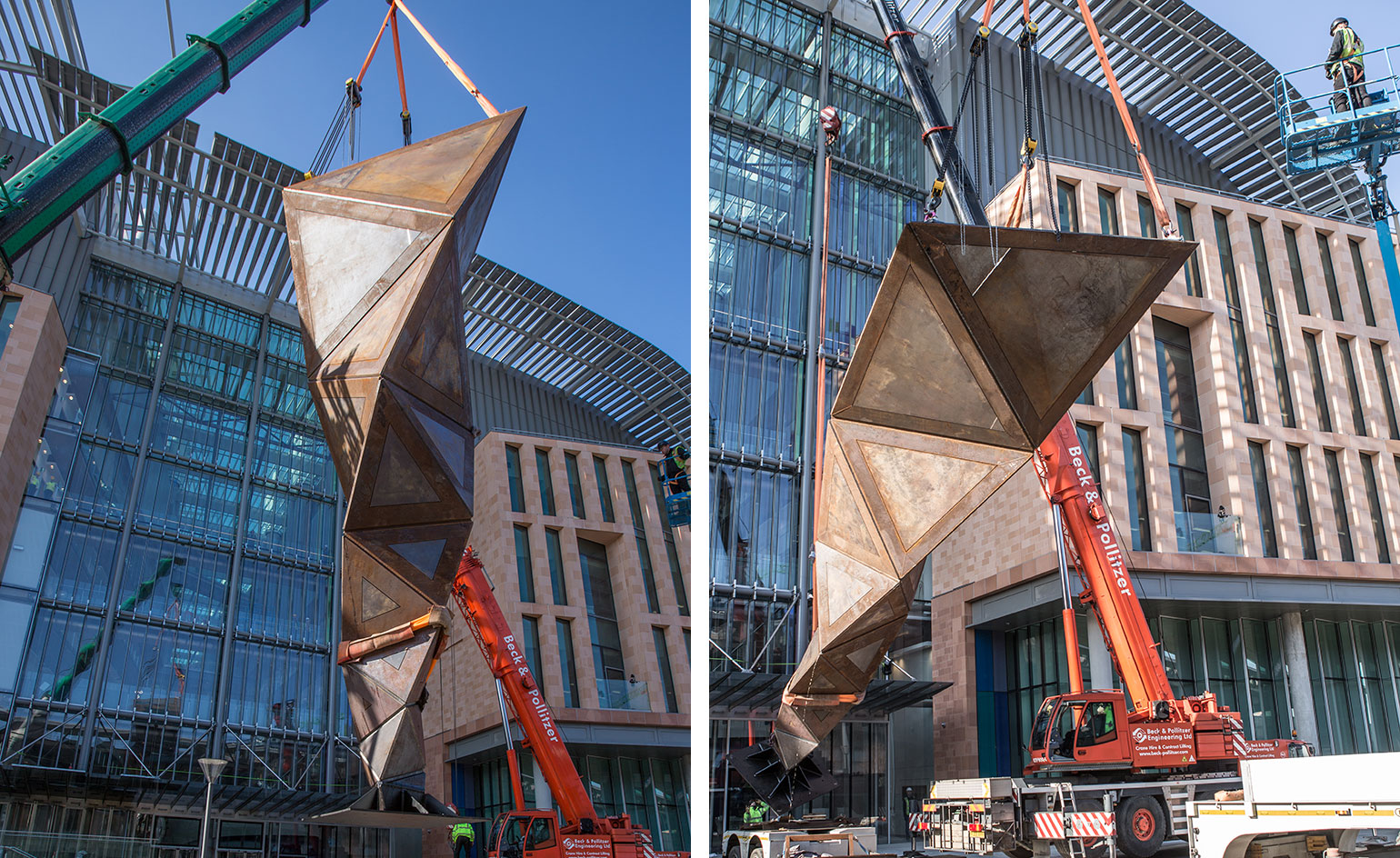
Shawcross describes the work as, 'a beacon for progress and endeavour but contains fallibility and should serve as a constant reminder of the precariousness of knowledge'.
Receive our daily digest of inspiration, escapism and design stories from around the world direct to your inbox.
-
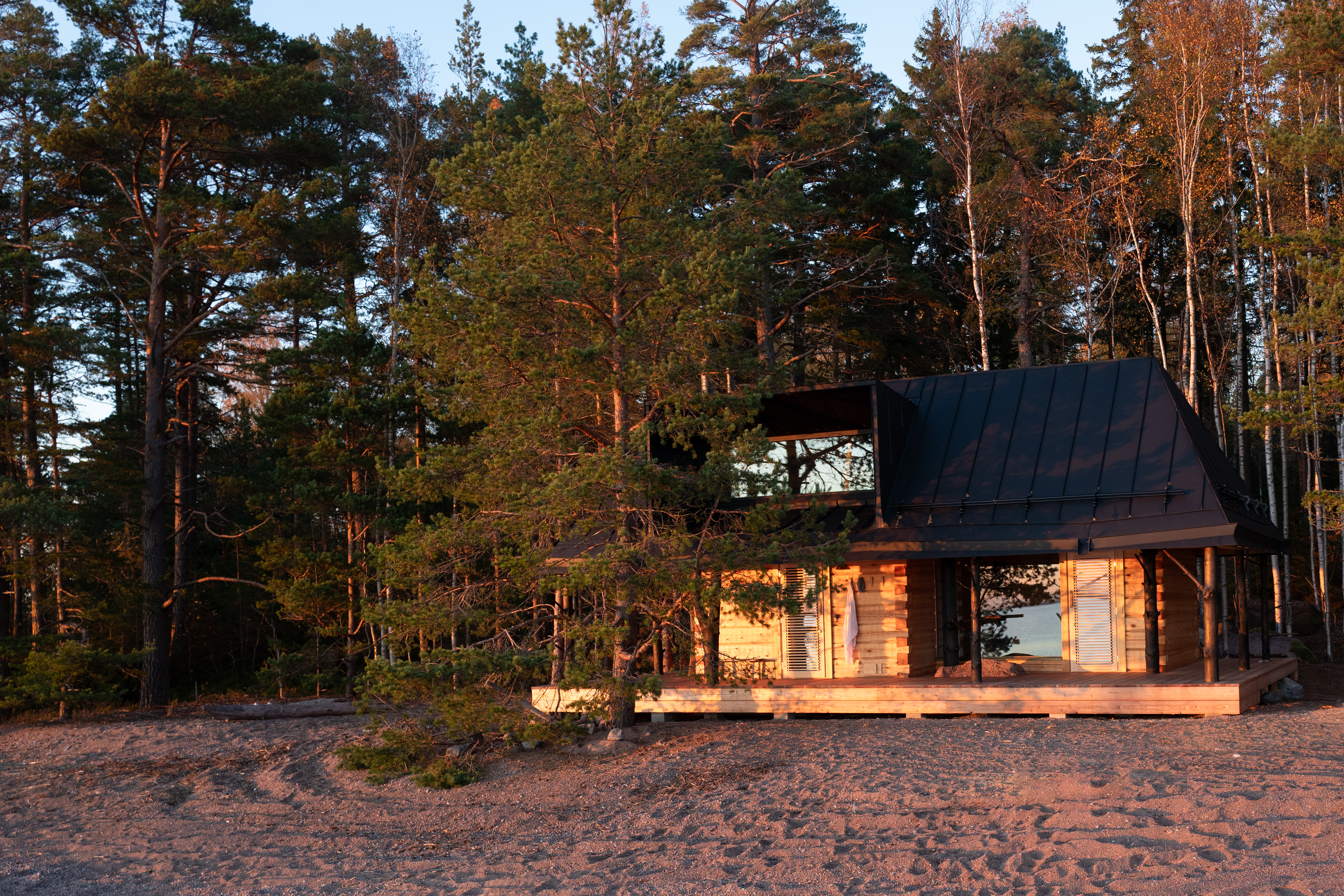 Wallpaper* Design Awards: this Finnish island sauna is Life-Enhancer of the Year 2026
Wallpaper* Design Awards: this Finnish island sauna is Life-Enhancer of the Year 2026Puusauna harnesses the power of trees, using whole trunks in its exquisite architecture by Jaakko Torvinen, which earns it a Wallpaper* Design Award
-
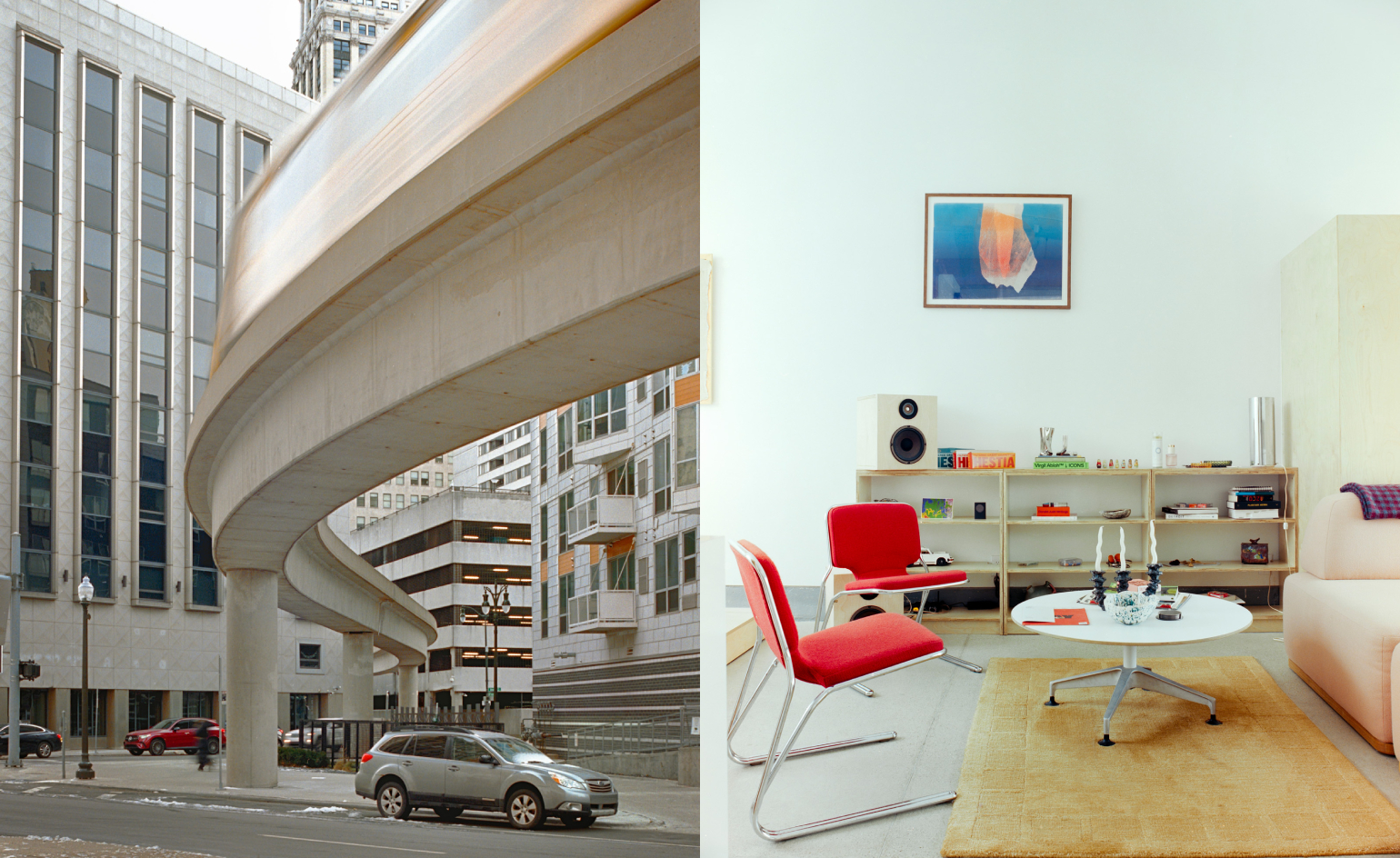 Wallpaper* Design Awards: Detroit is City of the Year 2026
Wallpaper* Design Awards: Detroit is City of the Year 2026Once a byword for urban distress, the Motor City is undergoing a fresh wave of regeneration, driven by progressive developers, design distinctions and dynamic investment
-
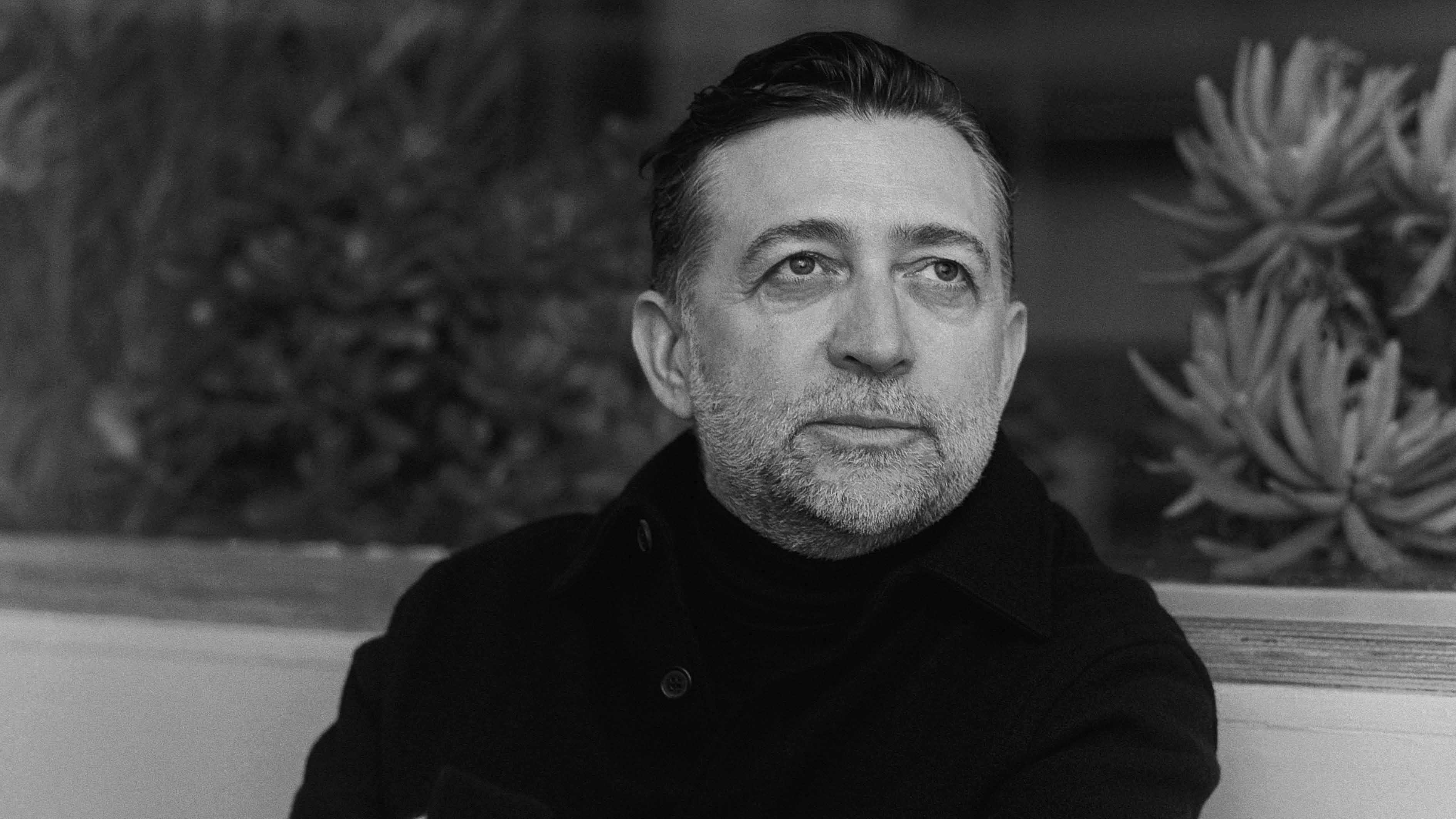 Wallpaper* Design Awards: Willo Perron is Designer of the Year 2026
Wallpaper* Design Awards: Willo Perron is Designer of the Year 2026The mastermind behind some of the world’s most spectacular cultural moments, Willo Perron has been capturing the creative zeitgeist for 20 years. We interview the designer, honoured in the Wallpaper* Design Awards 2026
-
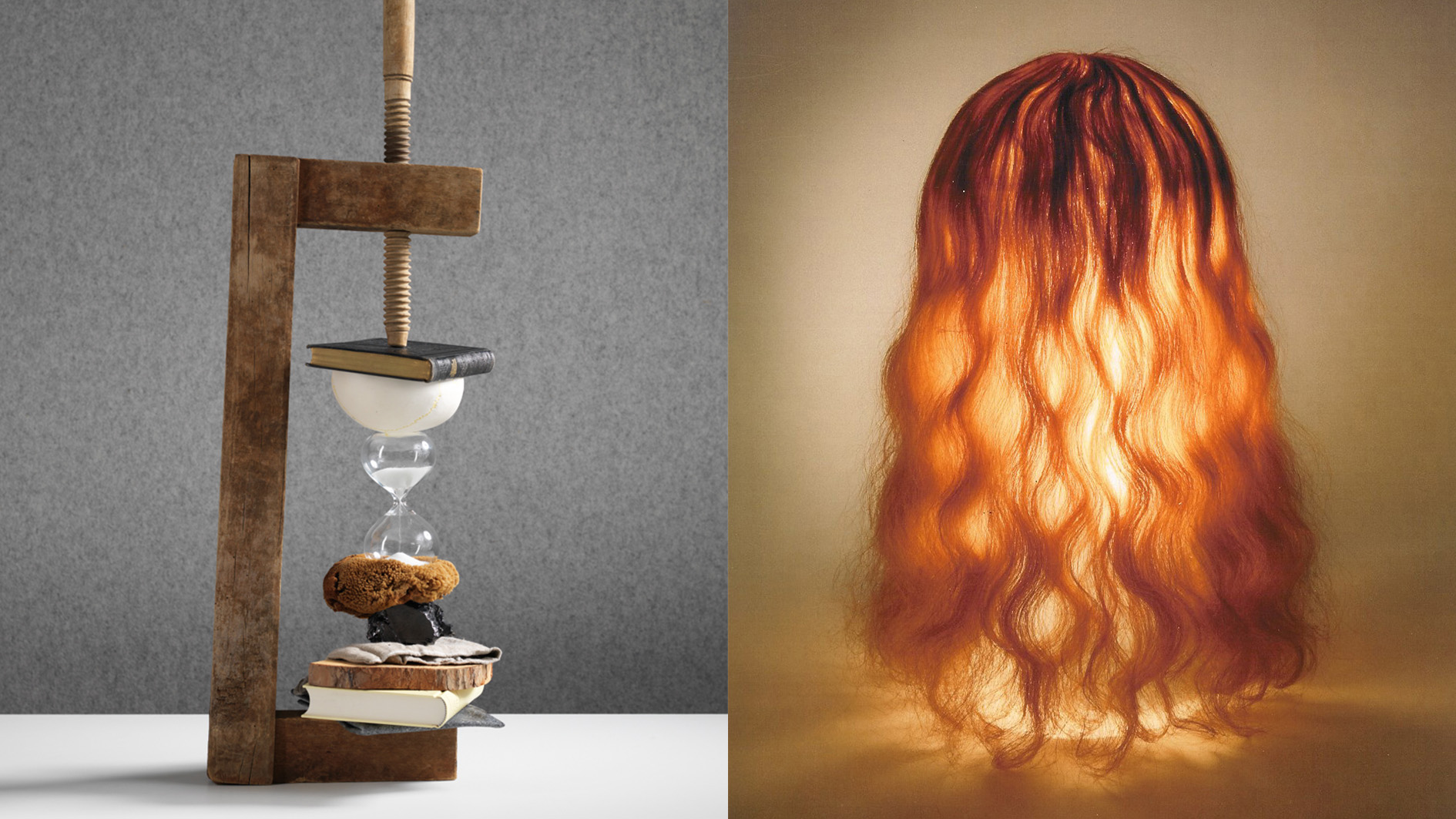 Rolf Sachs’ largest exhibition to date, ‘Be-rühren’, is a playful study of touch
Rolf Sachs’ largest exhibition to date, ‘Be-rühren’, is a playful study of touchA collection of over 150 of Rolf Sachs’ works speaks to his preoccupation with transforming everyday objects to create art that is sensory – both emotionally and physically
-
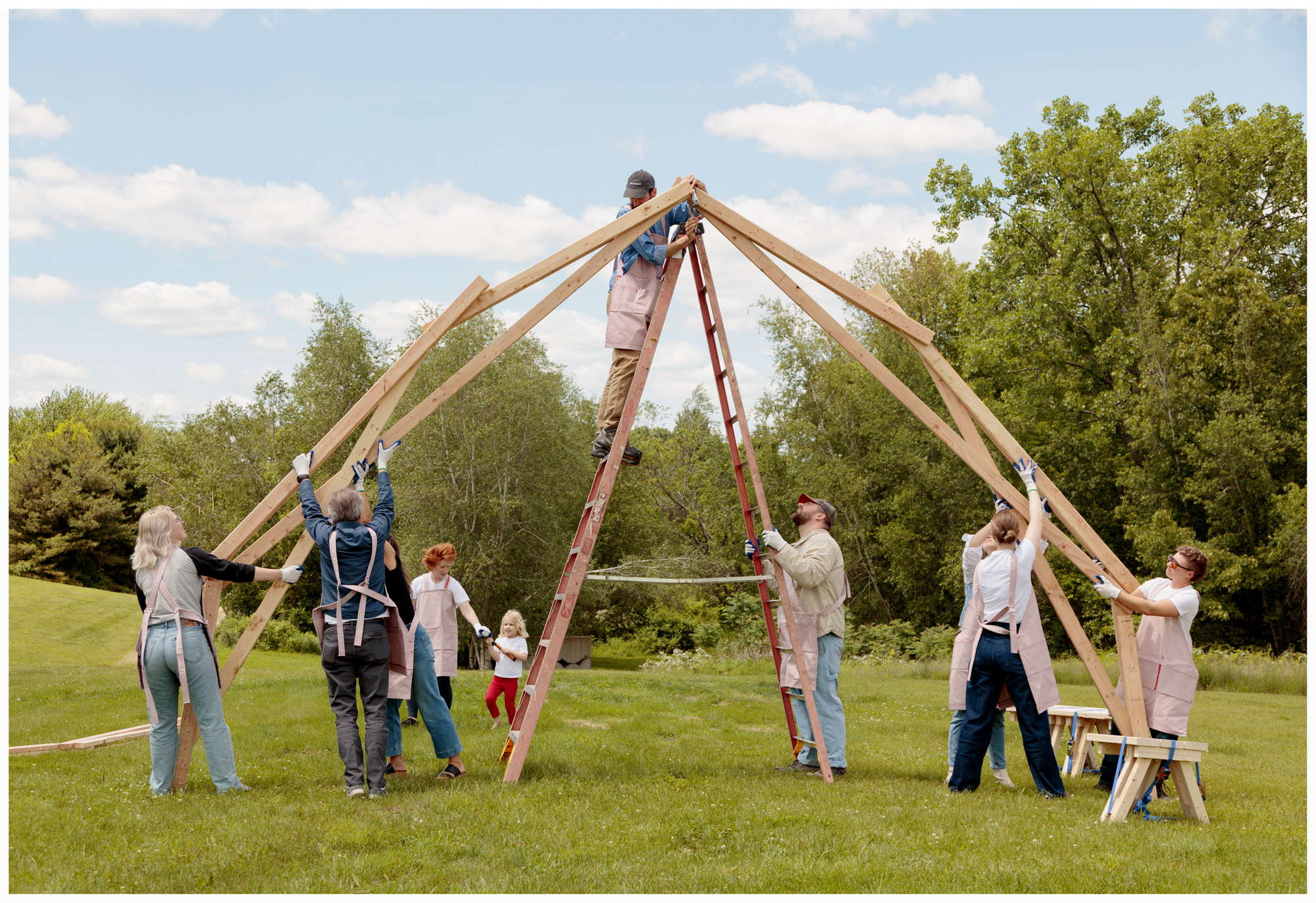 Architect Erin Besler is reframing the American tradition of barn raising
Architect Erin Besler is reframing the American tradition of barn raisingAt Art Omi sculpture and architecture park, NY, Besler turns barn raising into an inclusive project that challenges conventional notions of architecture
-
 What is recycling good for, asks Mika Rottenberg at Hauser & Wirth Menorca
What is recycling good for, asks Mika Rottenberg at Hauser & Wirth MenorcaUS-based artist Mika Rottenberg rethinks the possibilities of rubbish in a colourful exhibition, spanning films, drawings and eerily anthropomorphic lamps
-
 San Francisco’s controversial monument, the Vaillancourt Fountain, could be facing demolition
San Francisco’s controversial monument, the Vaillancourt Fountain, could be facing demolitionThe brutalist fountain is conspicuously absent from renders showing a redeveloped Embarcadero Plaza and people are unhappy about it, including the structure’s 95-year-old designer
-
 See the fruits of Niki de Saint Phalle and Jean Tinguely's creative and romantic union at Hauser & Wirth Somerset
See the fruits of Niki de Saint Phalle and Jean Tinguely's creative and romantic union at Hauser & Wirth SomersetAn intimate exhibition at Hauser & Wirth Somerset explores three decades of a creative partnership
-
 Technology, art and sculptures of fog: LUMA Arles kicks off the 2025/26 season
Technology, art and sculptures of fog: LUMA Arles kicks off the 2025/26 seasonThree different exhibitions at LUMA Arles, in France, delve into history in a celebration of all mediums; Amy Serafin went to explore
-
 Inside Yinka Shonibare's first major show in Africa
Inside Yinka Shonibare's first major show in AfricaBritish-Nigerian artist Yinka Shonibare is showing 15 years of work, from quilts to sculptures, at Fondation H in Madagascar
-
 Inside Jack Whitten’s contribution to American contemporary art
Inside Jack Whitten’s contribution to American contemporary artAs Jack Whitten exhibition ‘Speedchaser’ opens at Hauser & Wirth, London, and before a major retrospective at MoMA opens next year, we explore the American artist's impact